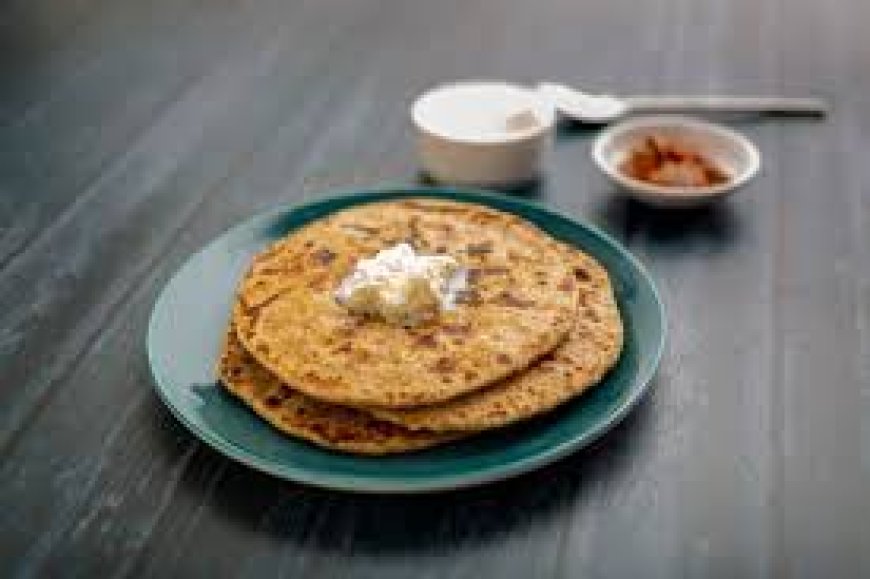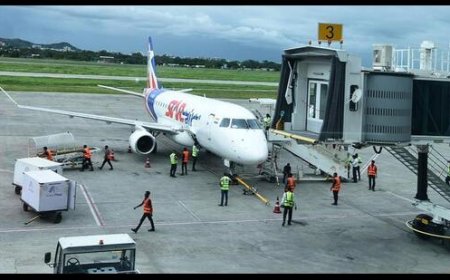Amrik Sukhdev Ke Parathe: How late-night cravings built a Rs 100-crore food empire
Discover the inspiring journey of Amrik Sukhdev Dhaba—how late-night parathas turned a highway stop into a ₹100-crore food empire. Insights, market outlook, and future potential.

A Humble Start on the Highway
In the bustling lanes of Murthal, a sleepy town on the Delhi-Chandigarh highway, Amrik Sukhdev Dhaba was born in 1956 as a modest pitstop for weary truckers and travelers. What started as a simple roadside eatery has now transformed into a ₹100-crore brand, attracting food lovers from across India.
Founded by Sardar Amrik Singh and Sukhdev Singh, the dhaba gained fame for its lip-smacking parathas served with a dollop of white butter, tangy pickles, and fresh curd. Its transformation over the decades reflects not just the evolution of a business, but a shift in Indian consumer culture where roadside food joints are now destinations in themselves.
The Paratha That Changed Everything
While Indian highways are dotted with thousands of dhabas, Amrik Sukhdev’s edge lies in consistency, hygiene, and scalability. "We were never just selling food—we were offering comfort, familiarity, and an experience," says Jasmeet Singh, one of the current-generation family members managing the business.
The iconic stuffed parathas, available round the clock, became the USP, attracting late-night road trippers, college students, truck drivers, and even celebrities. Over time, the dhaba transitioned into a full-fledged, multi-cuisine restaurant capable of seating over 1,000 customers at once.
Scaling Taste: From Dhaba to Brand
According to retail analysts, Amrik Sukhdev's success is rooted in three pillars—quality, word-of-mouth marketing, and customer retention.
“Unlike many regional food businesses that failed to modernize, Amrik Sukhdev managed to create a clean, family-friendly environment without compromising on traditional taste,” notes Kiran Khurana, a food retail analyst at Culinary Insights India. “Their attention to hygiene, ample parking, and 24x7 service made them a brand, not just a roadside joint.”
Today, the establishment employs over 600 staff members and sees footfall of more than 10,000 on weekends. Its revenues, built largely on volume and customer loyalty, have now crossed ₹100 crore annually, with consistent double-digit growth.
Beyond Parathas: Diversifying the Menu and Experience
While parathas remain the crown jewel, Amrik Sukhdev’s menu has expanded to include North Indian curries, South Indian delicacies, Chinese fusion food, and desserts. The business also incorporated a bakery unit, takeaway kiosks, online delivery in nearby areas, and a merchandising segment offering pickles and masalas.
In recent years, the management invested in revamping infrastructure with modern restrooms, digital billing, a contactless payment system, and an e-commerce-friendly website. "We want the customer to feel as comfortable at 3 am as they would at 3 pm," explains Jasmeet Singh.
Market Context: Riding the F&B Boom
The Indian food and beverage industry, projected to reach $500 billion by 2027, is witnessing a surge in organized roadside eateries and highway food chains. As urban customers seek authentic yet hygienic regional food experiences, brands like Amrik Sukhdev are well-positioned.
“Murthal is no longer just a food stop—it’s a culinary pilgrimage,” says Priya Narayan, a food travel blogger. “For many, a drive to Amrik Sukhdev is the trip itself.”
With increased highway connectivity, weekend tourism, and social media-driven food trends, roadside eateries that offer both legacy and cleanliness are seeing a sharp rise in footfalls.
Analyst View: Is There Room to Expand?
Industry experts believe Amrik Sukhdev’s brand equity offers room for vertical and horizontal expansion.
“They have the brand story, customer trust, and operational model to scale,” says Raghav Arora, founder of Foodpreneur Ventures. “Franchising, quick-service restaurant formats, and institutional catering could be the next steps. Investors would be keen if the family opens up to equity-based scaling.”
While the business remains family-owned and closely held, conversations around external funding and professional management are reportedly underway to explore expansion beyond Murthal.
Challenges on the Road
Despite its success, Amrik Sukhdev faces challenges including increasing competition, high operational costs, and changing consumer habits. The brand must also manage its perception as a single-location success story.
“Consistency in taste and service at scale is hard, especially when expanding to urban malls or airports,” Arora adds. “But if done right, they could set the gold standard for Indian highway food branding.”
Investor Outlook: A Tasteful Opportunity?
Though not publicly listed, Amrik Sukhdev's business has drawn attention from venture capital firms interested in the booming QSR (Quick Service Restaurant) space. Its ₹100-crore topline, solid margins, and emotional connection with customers offer a compelling pitch.
Should the brand choose to franchise or introduce ready-to-eat food lines, the scope for exponential growth is significant. Experts also suggest brand collaborations, food-tech tie-ups, and expansion into travel hubs like railway stations and airports.
Final Word: More Than Just Parathas
Amrik Sukhdev’s journey from a dhaba to a ₹100-crore empire isn’t just about food—it’s about creating an experience. In a market where food preferences evolve rapidly, their ability to remain rooted in tradition while adapting to modern expectations offers a blueprint for homegrown food businesses.
The real secret? A perfectly crisp, generously stuffed paratha that speaks to every Indian’s soul.
What's Your Reaction?
 Like
0
Like
0
 Dislike
0
Dislike
0
 Love
0
Love
0
 Funny
0
Funny
0
 Angry
0
Angry
0
 Sad
0
Sad
0
 Wow
0
Wow
0












































































